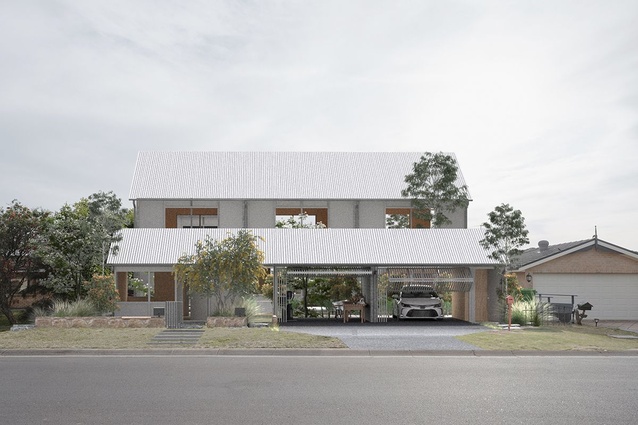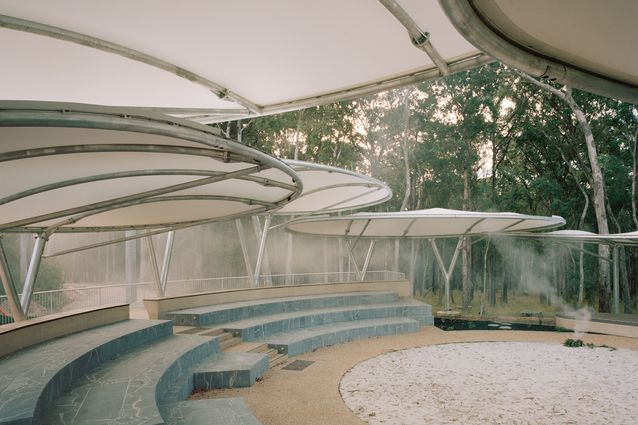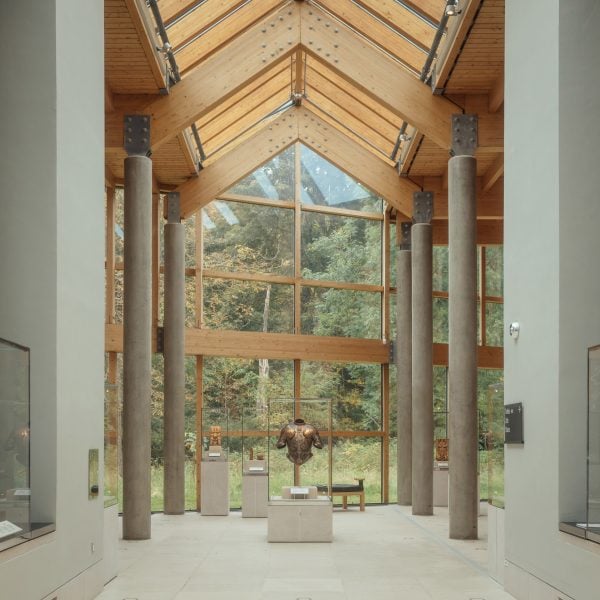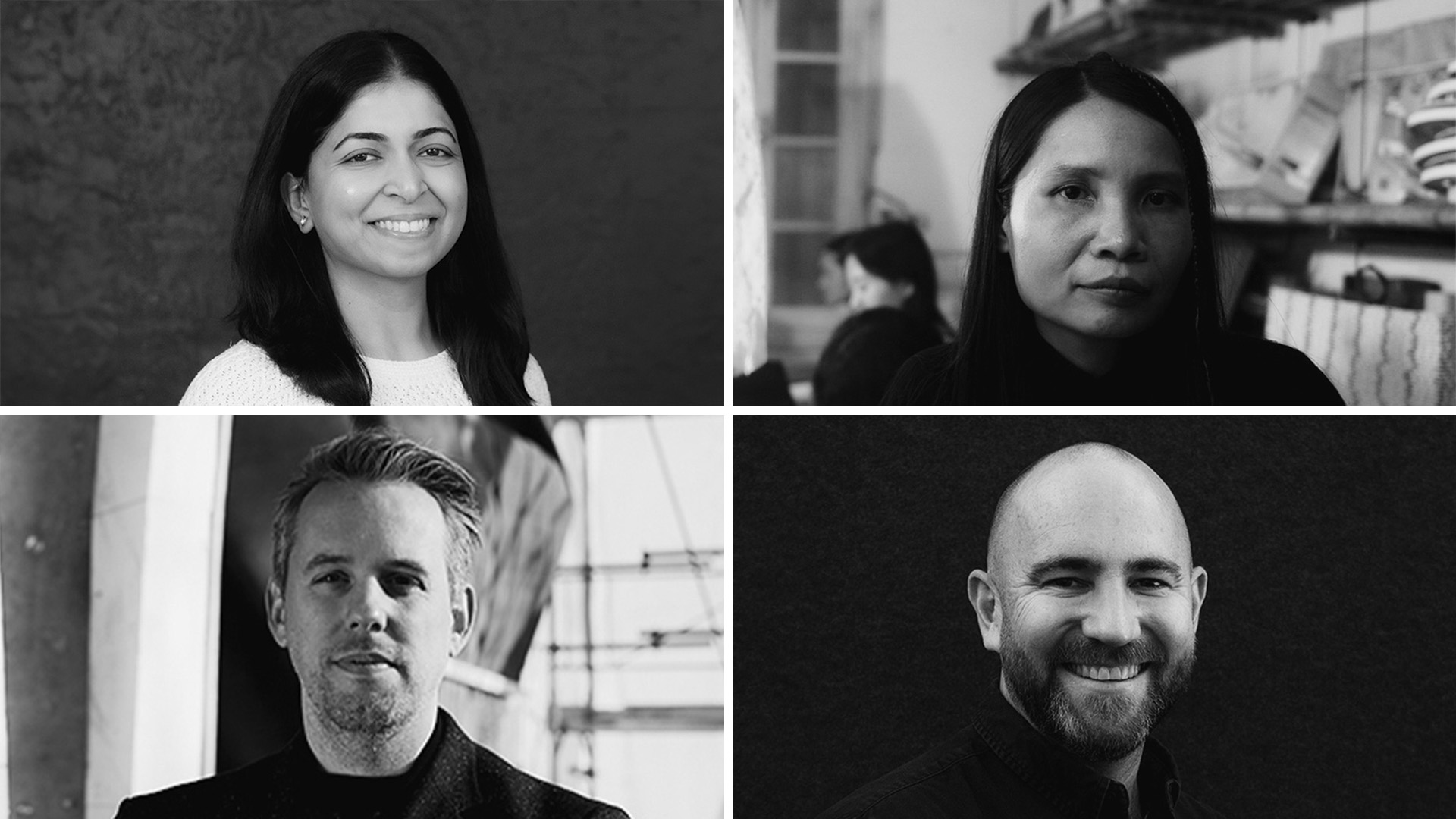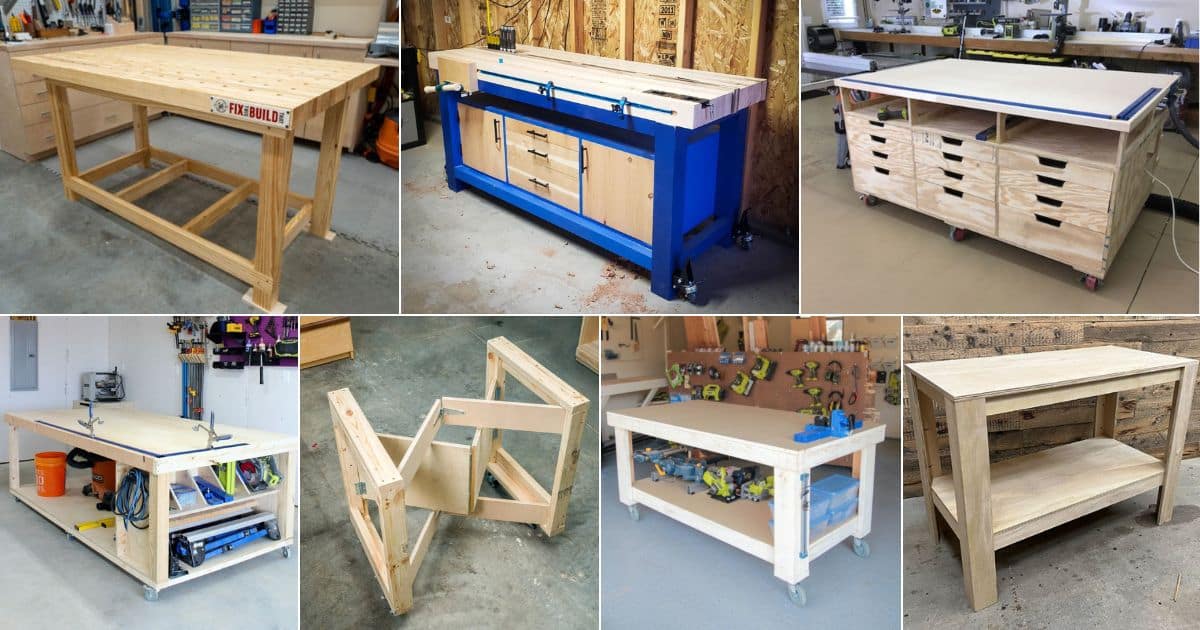Within the space of two years, Melbourne-based Joanne Odisho has developed her own distinctive design language, won several graduate awards and established a practice with a clear vision. In March 2023, Artichoke granted Odisho the Emerging Maker prize at Craft’s Fresh! Awards, which celebrate the next wave of Victorian craft and design talent.
Odisho began her design career by completing a diploma in interior design at RMIT before going on to study furniture design. Her decision to focus on furniture rather than interiors was driven by a desire to feel creatively liberated. “After completing my studies in interior design, I came to realize that I enjoyed the workings of a space as a whole, but became more fond of the objects within them,” Odisho says. That fondness for individual objects is clear in her pieces, which are not mere decorations or additions to pre-existing interiors but rather focal points that set the tone of any space they occupy.

“Furniture design allowed me to express my creativity freely, without the bounds of clientele,” Odisho says.
Like many recent graduates of the furniture design program at RMIT, Odisho is already exhibiting and selling her pieces, utilizing social media to share both the process of making and the final product with an audience. Odisho acknowledges that she’s embraced a “sort of go-with- the-flow attitude,” regularly producing new experimental prototypes.
She pairs this relaxed approach with a more rigorous one at the heart of her practice: a desire to highlight the importance of cautious material selection in order to minimize waste. As Odisho explains, “I hope to develop a practice that promotes awareness about where our products are coming from and how we can make more environmentally conscious decisions when it comes to what we put in our own homes.”
Odisho’s pieces at the 2023 Fresh! exhibition by Craft Victoria. Accompanying works from left to right by: Richard Monger, Lyras Daear, Jess Dybing, Arthur Nyakuengama and BCDO.
Image:
Henry Trumble
This thinking is evident in the three collections Odisho has produced, each blending an organic material with precise timber components. These works are a hybrid of the handmade: frames that support biomaterials such as paper pulp, eucalyptus bark and other composites created by Odisho herself. The combination of these two elements – frame and organic material – allows for the creation of both functional designs and sculptural objects.
“When it comes to functional furniture, I think there will often be an aspect of machinery or automation involved, particularly in our current climate of mass production and commodification,” Odisho says. “Implementing a unique or unprecedented material and exploring your own bioproduct, however, lends itself to handmade processing.”
The unique lampshades in the Bloom (2022) lighting collection are handmade from eggshells and natural additives.
Image:
Joanne Odisho
Case in point: the Bloom lighting collection. The timber structures create height through precision manufacturing, and the lampshades are left to experimental materials and expression through a blend of eggshells and natural additives. On the Bloom pieces, the hand of the maker is visible in that each light has a unique appearance. A similar approach has been taken in Odisho’s other two collections, Summit and Foliage, in which timber parts act as structural components. These timber elements allow her to experiment with composite materials that give personality, warmth and authenticity to the overall designs.
“I intend to retain this handmade element to all of my designs, as it offers a sense of authenticity and contributes to the unique character of an object,” says Odisho.
Precise timber structures are combined with handmade composite materials to produce pieces with personality.
Image:
Joanne Odisho
The composite materials she develops are at the centre of her focus on sustainable design, pushing the way we think about “handmade” with pieces that explore how different discarded materials can be formed into functional biodegradable products. Eggshell paper-pulp re-emerges as lightshades for the Bloom collection, while a compostable material makes up the seat rests of the Summit stools, both reusing organic matter and enabling people to interact with the result.
“We rarely pause to marvel at the materials that surround us,” Odisho notes. “We are never without them, as they are the foundations on which our whole society is constructed.”
As Odisho continues to explore and create sustainable materials through her practice, perhaps her ongoing work will encourage people to consider whether – and how – materials might be used to design a better future.






